Discovering the Symbolism Behind Swazi Traditional Dress Patterns and Colors
Discovering the Symbolism Behind Swazi Traditional Dress Patterns and Colors
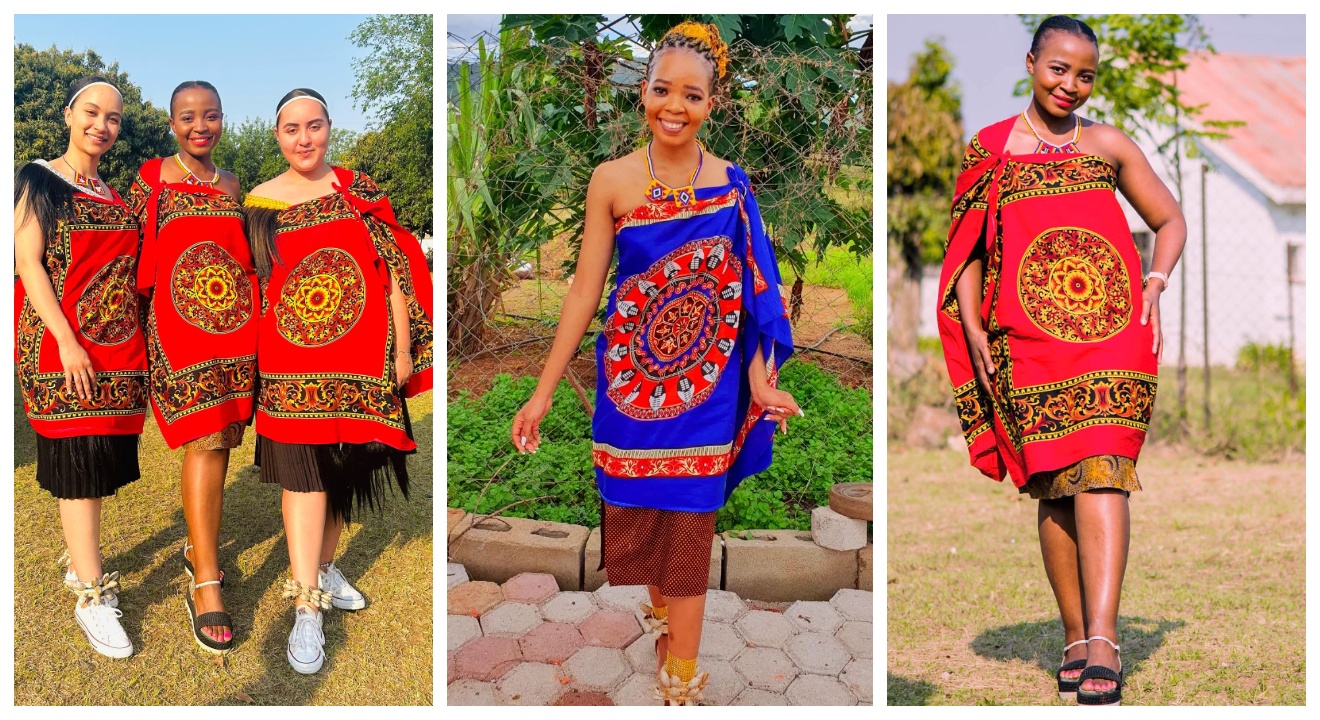
Introduction
Swazi traditional dress is an integral part of the culture and heritage of the Swazi people. The garments worn by the Swazi people hold deep symbolism and meaning, reflecting their values, traditions, and beliefs. In this article, we will explore the significance of Swazi traditional dress and delve into the importance of symbols and colors in Swazi culture.
Exploring the significance of Swazi traditional dress
Swazi traditional dress is more than just clothing; it is a visual representation of the Swazi identity. It showcases the rich cultural heritage of the Swazi people and their deep connection to their ancestors. The attire consists of vibrant colors, intricate patterns, and unique designs that hold historical and spiritual significance.

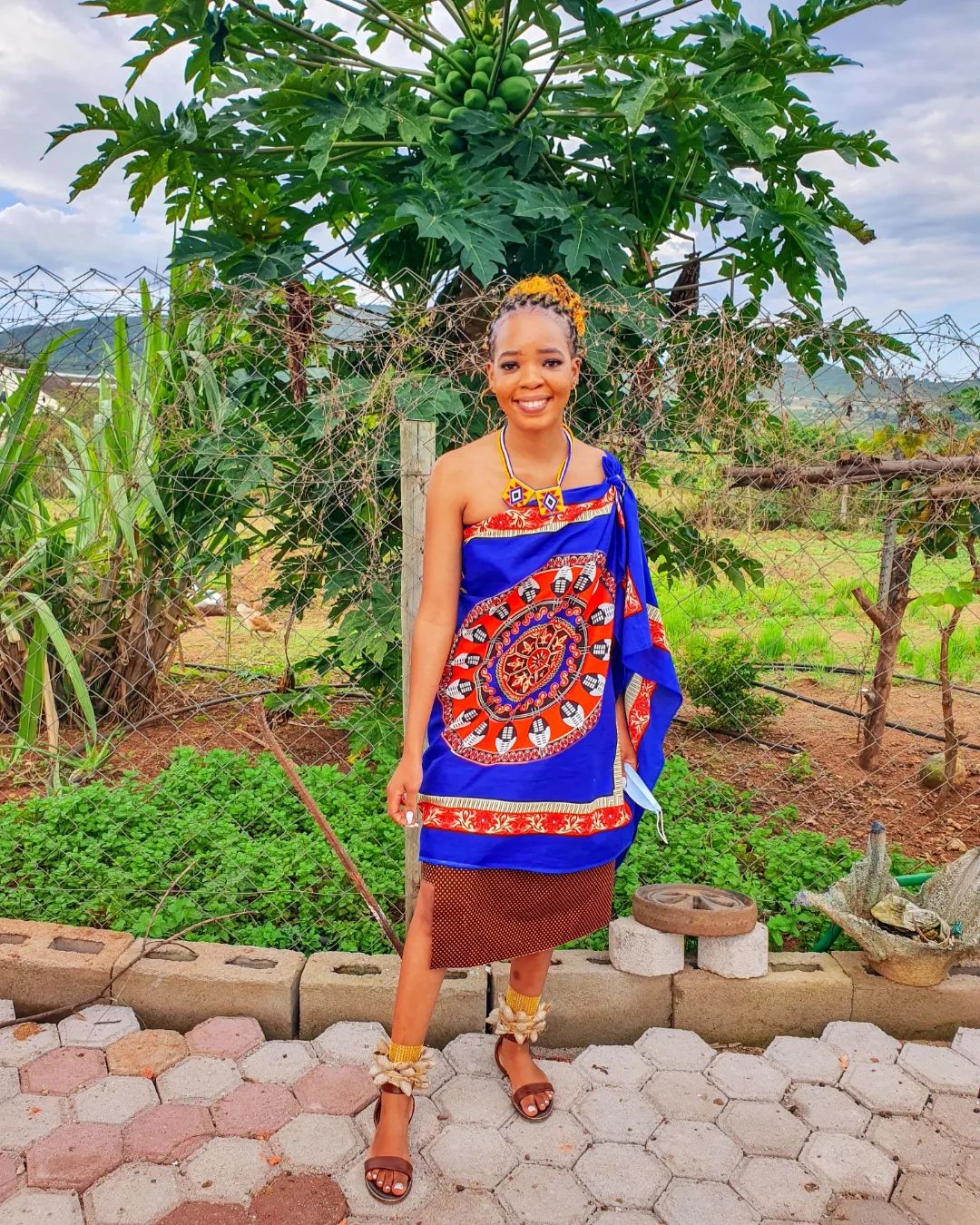
Understanding the importance of symbols and colors in Swazi culture
Symbols and colors used in Swazi traditional dress carry specific meanings that contribute to the overall cultural narrative. For instance, the use of animal motifs represents the Swazi people’s close relationship with nature, while geometric patterns symbolize unity and harmony within the community. Similarly, colors such as red signify courage and strength, yellow represents prosperity and fertility, and blue symbolizes purity and spirituality.
By understanding the symbolism behind Swazi traditional dress patterns and colors, we gain insight into the rich cultural heritage and values of the Swazi people. It serves as a reminder of the importance of preserving and celebrating our diverse cultural identities.
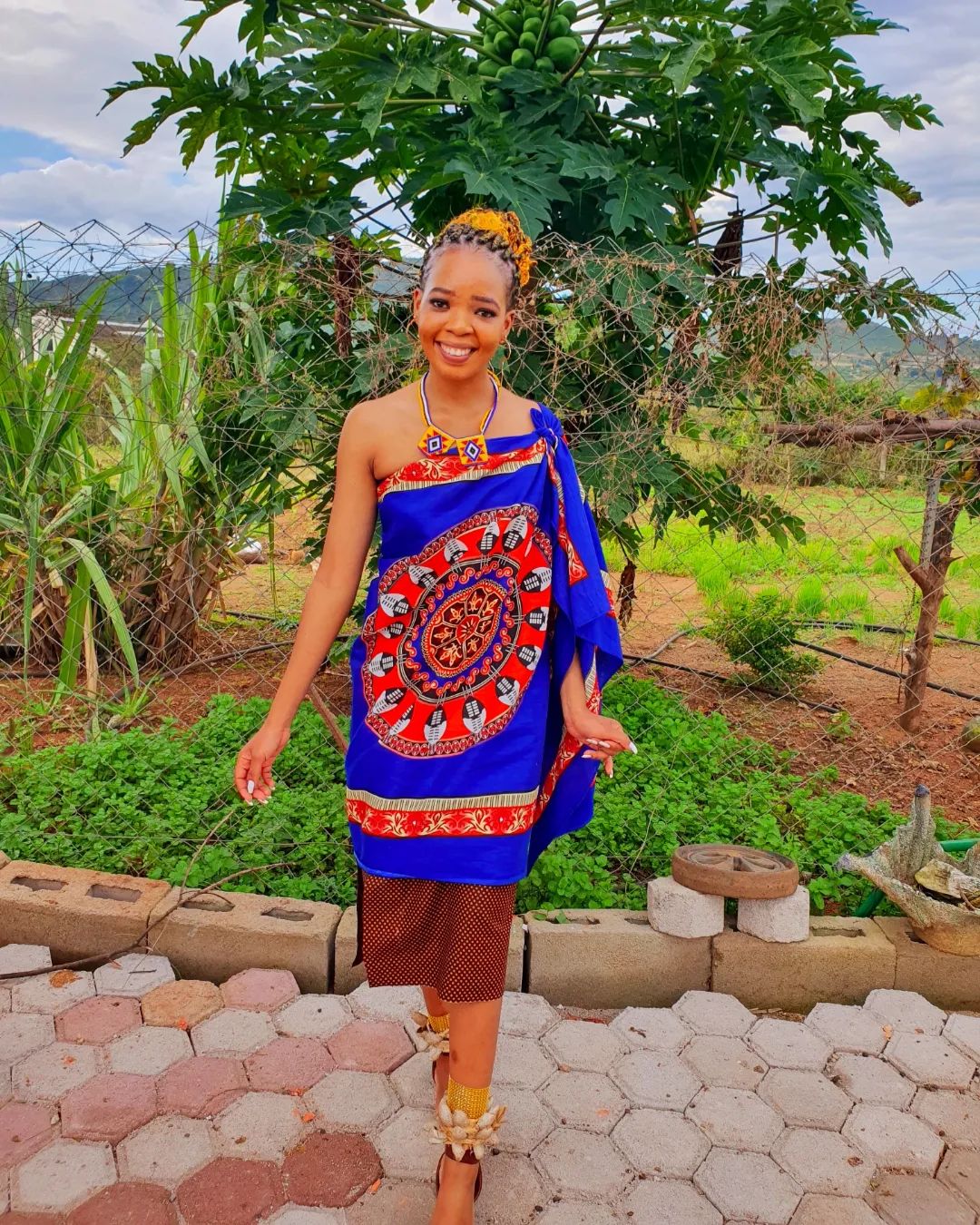
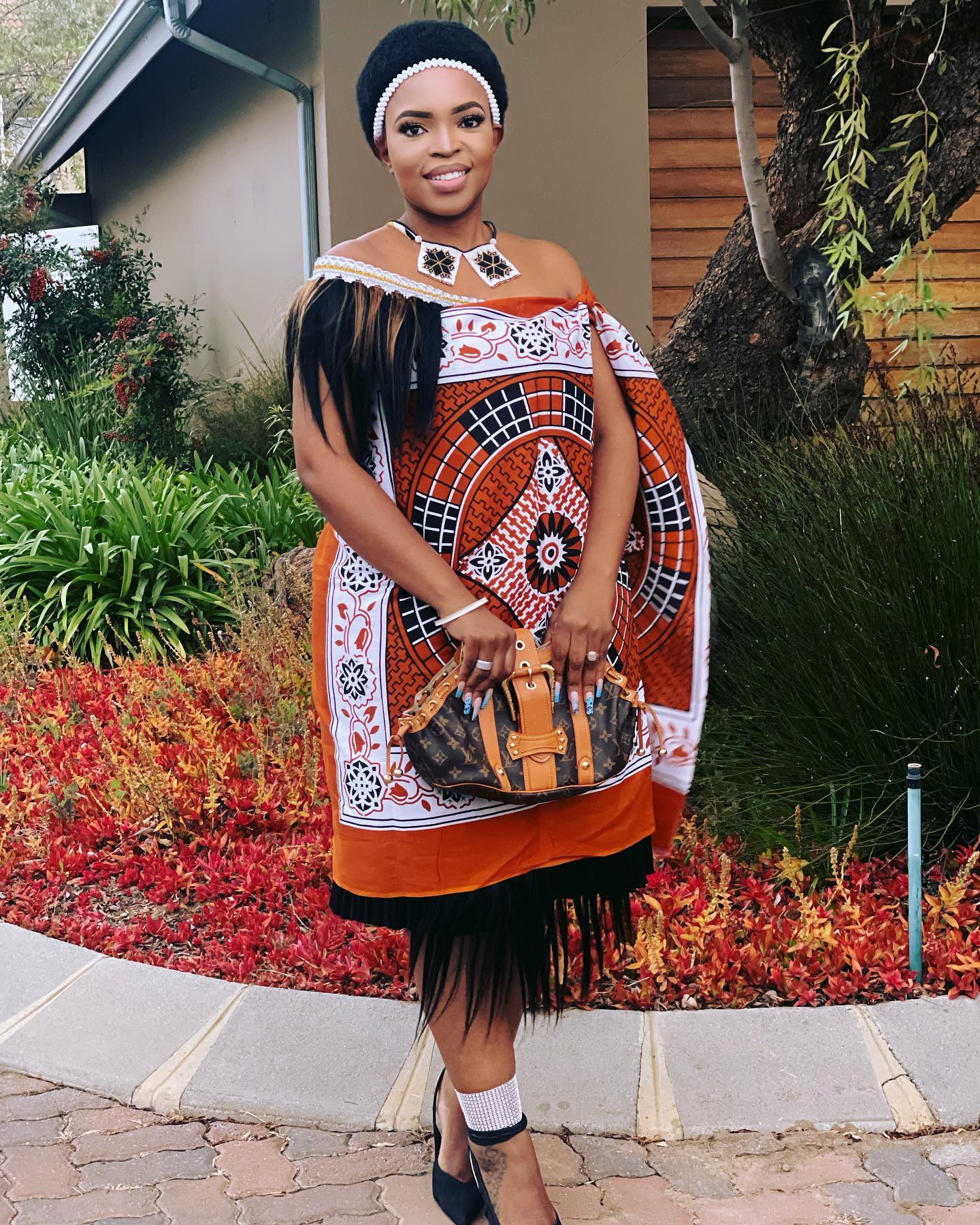
Traditional Dress Patterns
Swazi traditional dress patterns are not just visually appealing designs; they hold a deeper meaning that reflects the cultural values and beliefs of the Swazi people. Understanding the symbolism behind these patterns can give us insight into the rich cultural heritage of the Swazi community. In this article, we will explore the meaning behind geometric patterns and the cultural significance of intricate motifs.
The meaning behind geometric patterns
Geometric patterns used in Swazi traditional dress symbolize unity and harmony within the community. These patterns often consist of repetitive shapes and lines that create a sense of balance and order. They represent the interconnectedness of individuals and the importance of working together for the greater good. Geometric patterns also reflect the Swazi people’s belief in the balance between the physical and spiritual realms.

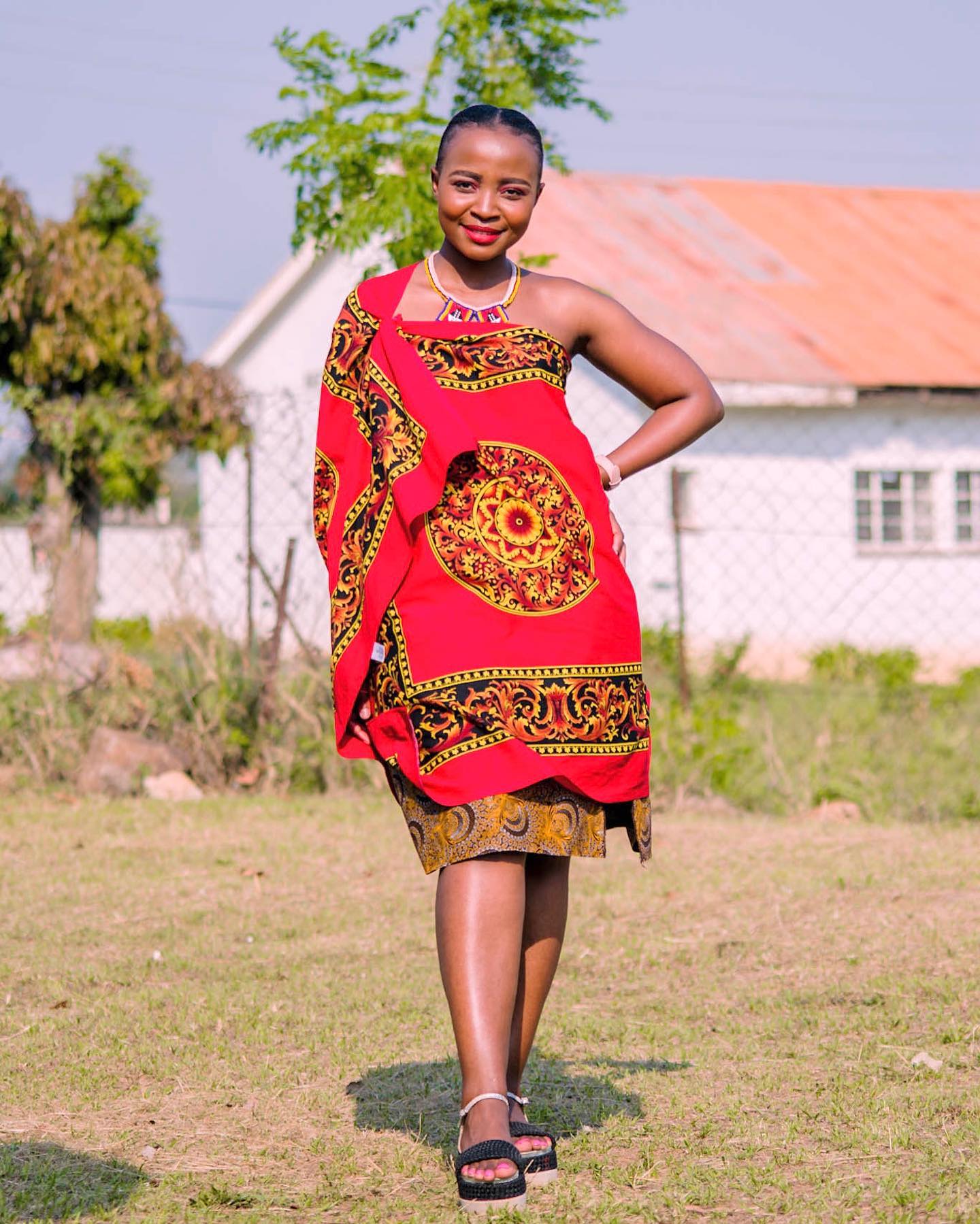
Intricate motifs and their cultural significance
Swazi traditional dress is adorned with intricate motifs that carry specific meanings. Animal motifs, such as the leopard or the lion, represent the Swazi people’s close relationship with nature and their respect for the animal kingdom. These motifs also symbolize qualities such as strength, courage, and wisdom. Other motifs, such as the lightning bolt, signify the power and energy of thunderstorms, representing the strength and resilience of the Swazi people.
By understanding the symbolism behind Swazi traditional dress patterns and colors, we gain a deeper appreciation for the cultural heritage and values of the Swazi people. It serves as a reminder of the importance of preserving and celebrating our diverse cultural identities.
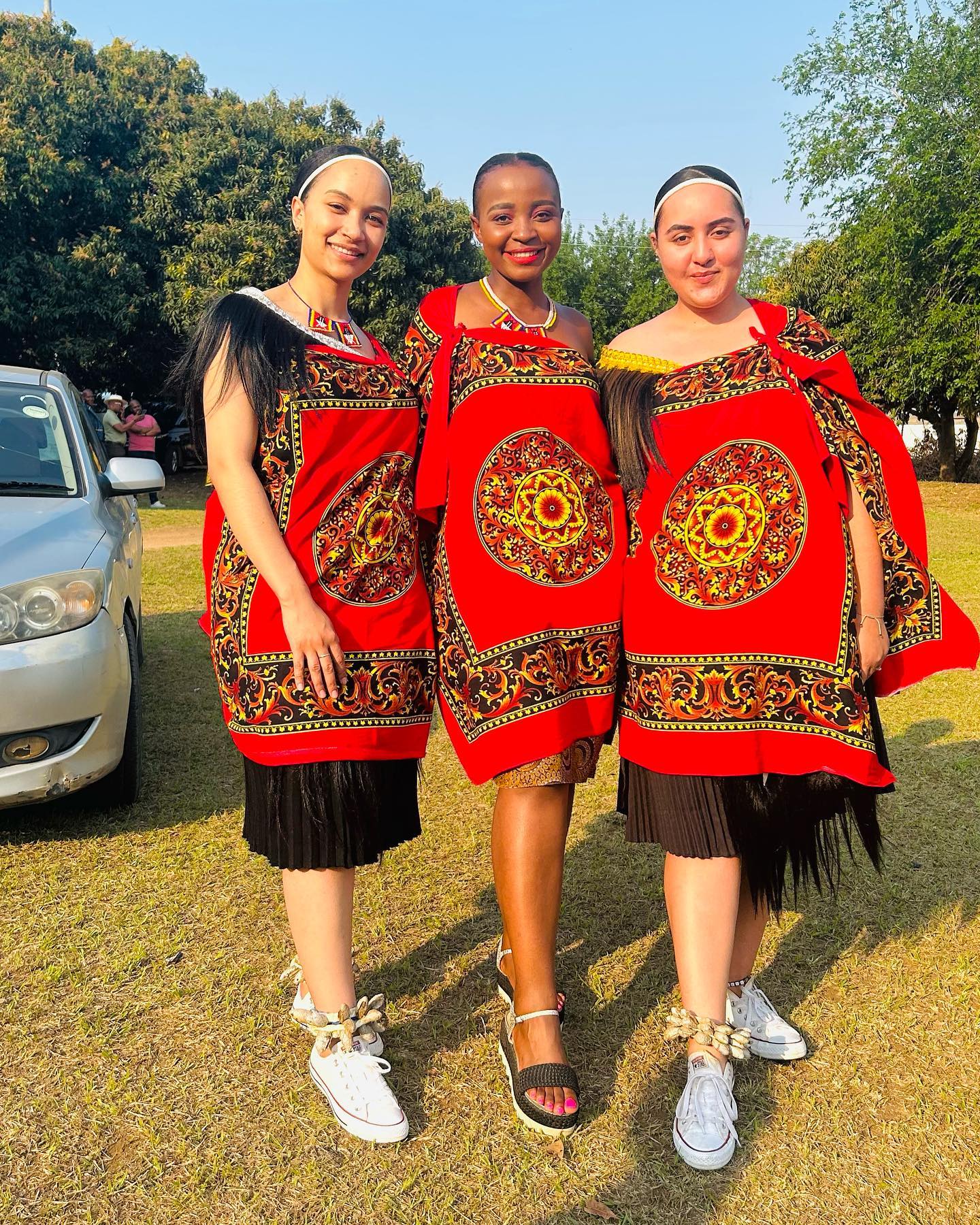
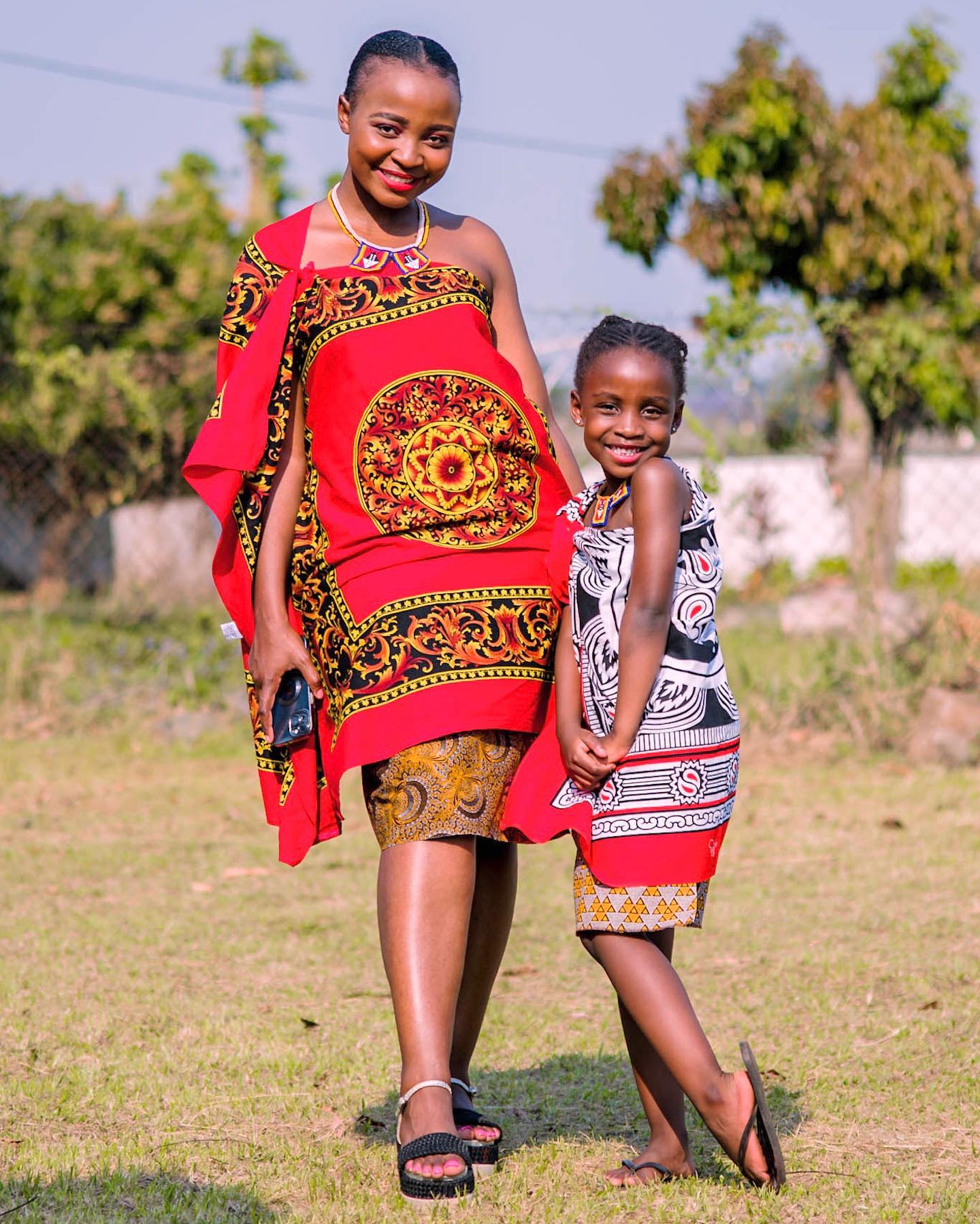
Symbolism of Colors
Swazi traditional dress patterns are not only visually appealing, but they also carry deep symbolism through their use of colors. Each color holds significance and conveys specific emotions and messages within the Swazi community. Understanding the symbolism of these colors can provide insight into the cultural values and beliefs of the Swazi people.
The symbolism of different colors in Swazi traditional dress
In Swazi traditional dress, different colors represent various aspects of life and carry different meanings. For example, the color white is often associated with purity, innocence, and spirituality. It symbolizes a fresh start, new beginnings, and a clean slate. On the other hand, black is often connected to strength, power, and authority. It represents depth, mystery, and the unknown.
Other colors such as red symbolize courage, passion, and vitality. It represents energy and attracts attention. Blue is linked to calmness, stability, and peace. It represents tranquility and harmony. Green symbolizes growth, fertility, and abundance. It represents the natural world and the renewal of life.

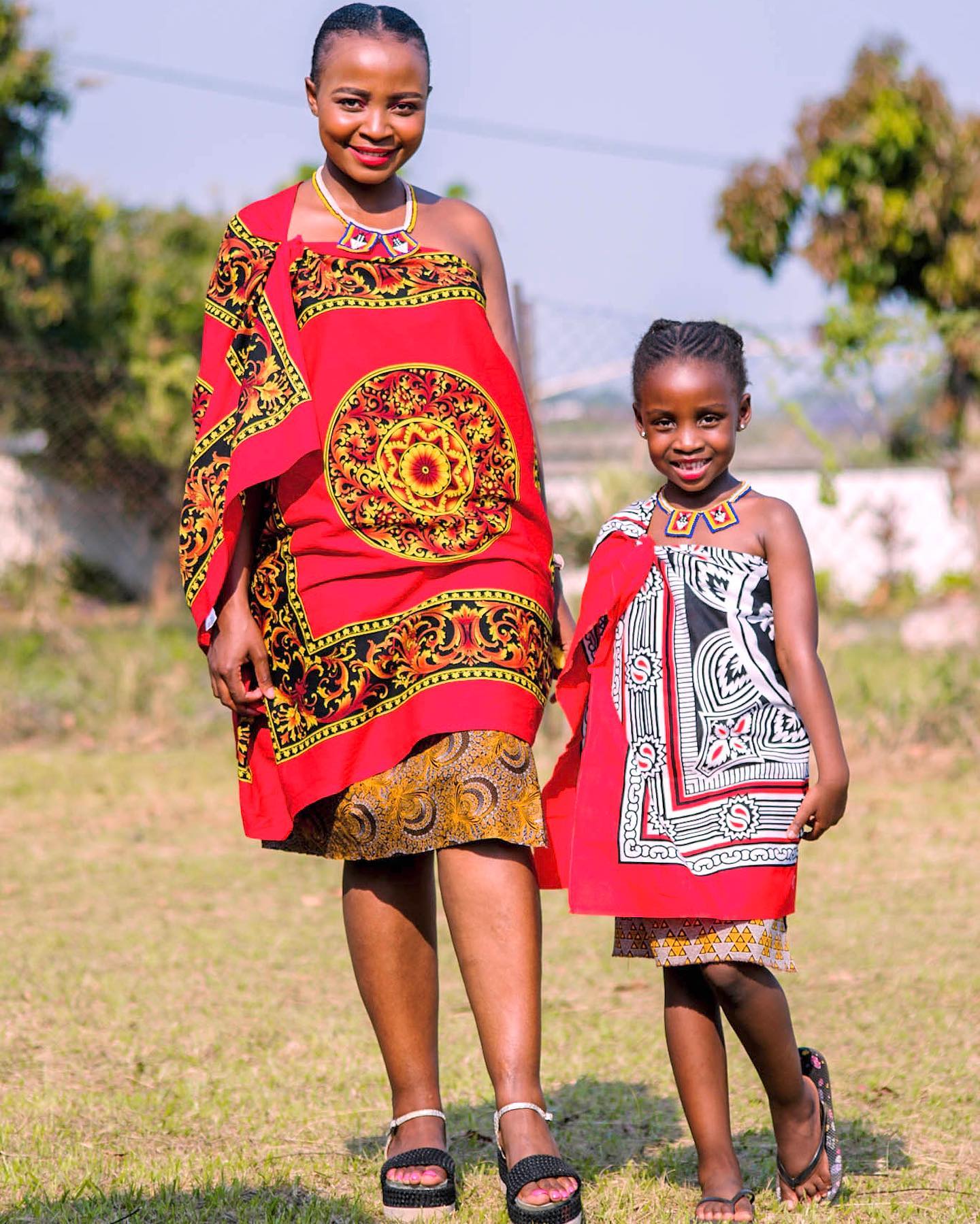
Understanding the emotions and messages conveyed through color choices
The choice of colors in Swazi traditional dress communicates emotions, messages, and cultural traditions. The careful selection of colors allows individuals to express their identity, beliefs, and heritage within the Swazi community. These colors create a visual language that conveys different emotions and messages to those who understand their symbolism.
By recognizing the symbolism of colors in Swazi traditional dress, we can gain a deeper appreciation for the cultural heritage and values of the Swazi people. It reminds us of the importance of acknowledging and celebrating the diverse range of cultural identities that exist in our world.


Traditional Dress for Men
Traditional attire for Swazi men
Swazi traditional dress for men is a unique and significant part of the culture. It represents a sense of identity and pride. The traditional attire consists of a colorful blanket called “emajobo,” which is worn as a shawl. It is accompanied by a traditional hat called “emahiya” and a beaded necklace. These garments are carefully designed and crafted, reflecting the rich history and cultural heritage of the Swazi people.
The symbolism of specific garments and accessories
Each garment and accessory in Swazi traditional dress holds symbolic meaning. The “emajobo” blanket signifies protection, warmth, and strength. It represents a sense of belonging to the community and is often passed down through generations. The “emahiya” hat symbolizes status, wisdom, and authority. It is worn with pride and reflects the values and wisdom of the wearer. The beaded necklace represents heritage, spirituality, and cultural significance. It serves as a form of self-expression and connects the wearer to their ancestors.
Understanding the symbolism behind Swazi traditional dress patterns and colors allows us to appreciate the cultural heritage and values of the Swazi people. It reminds us of the importance of preserving and honoring diverse cultural identities in our world.

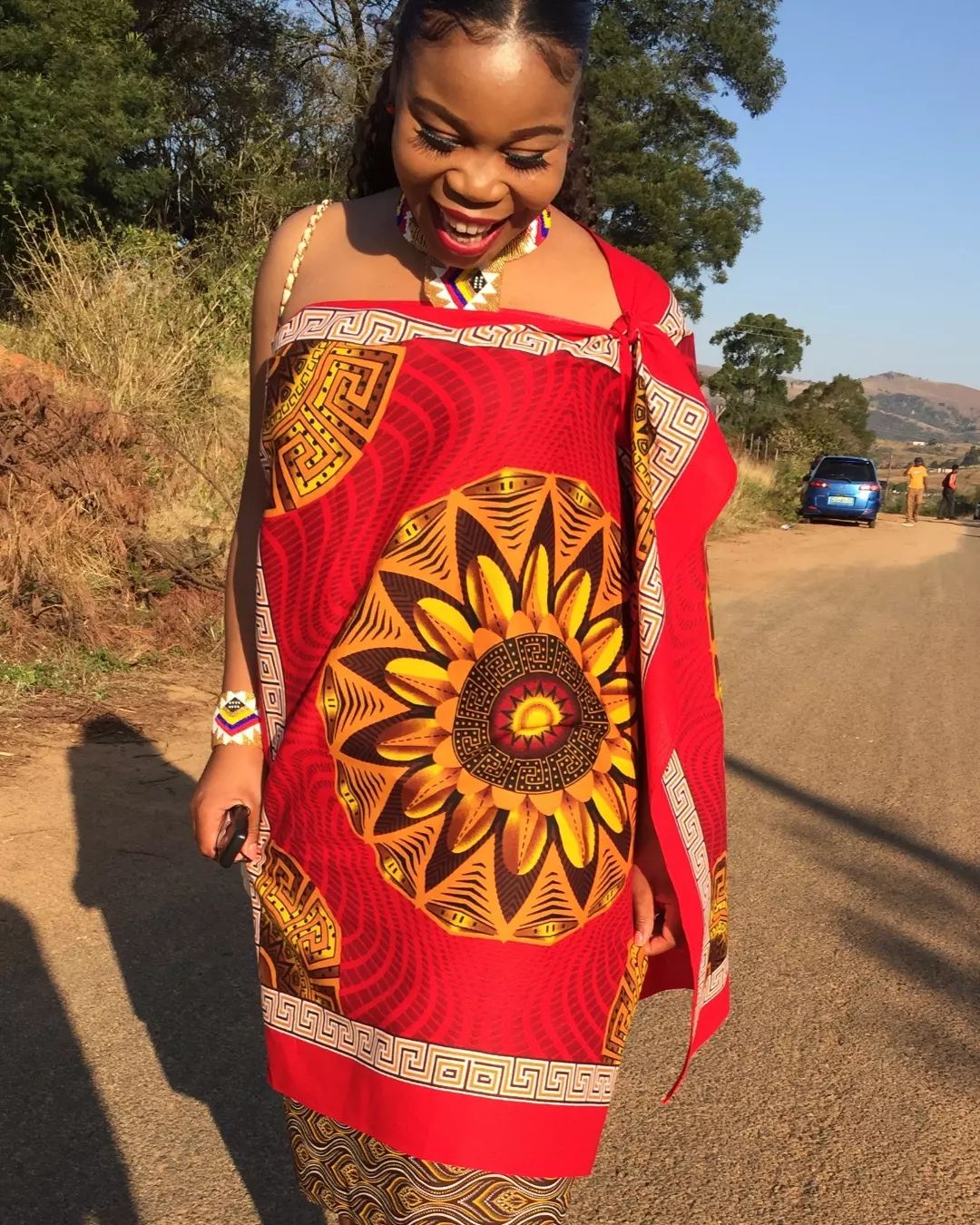
Traditional Dress for Women
Swazi women’s traditional dress and its symbolism
Swazi women’s traditional dress holds deep cultural significance and is a reflection of their identity and heritage. The attire typically consists of a colorful wrap skirt called “emahiya” and a matching top known as “lihiya.” These garments are intricately adorned with vibrant patterns and designs, each holding symbolic meaning.
The emahiya wrap skirt represents femininity, grace, and unity. It is often made from handwoven fabric, showcasing the skill and craftsmanship of Swazi women. The patterns on the skirt can vary, with each design representing a specific clan or family lineage.
The lihiya top is worn over the shoulders and is decorated with embroidered details. It symbolizes modesty, elegance, and respect for tradition. The embroidery often depicts cultural motifs that hold spiritual and ancestral significance.
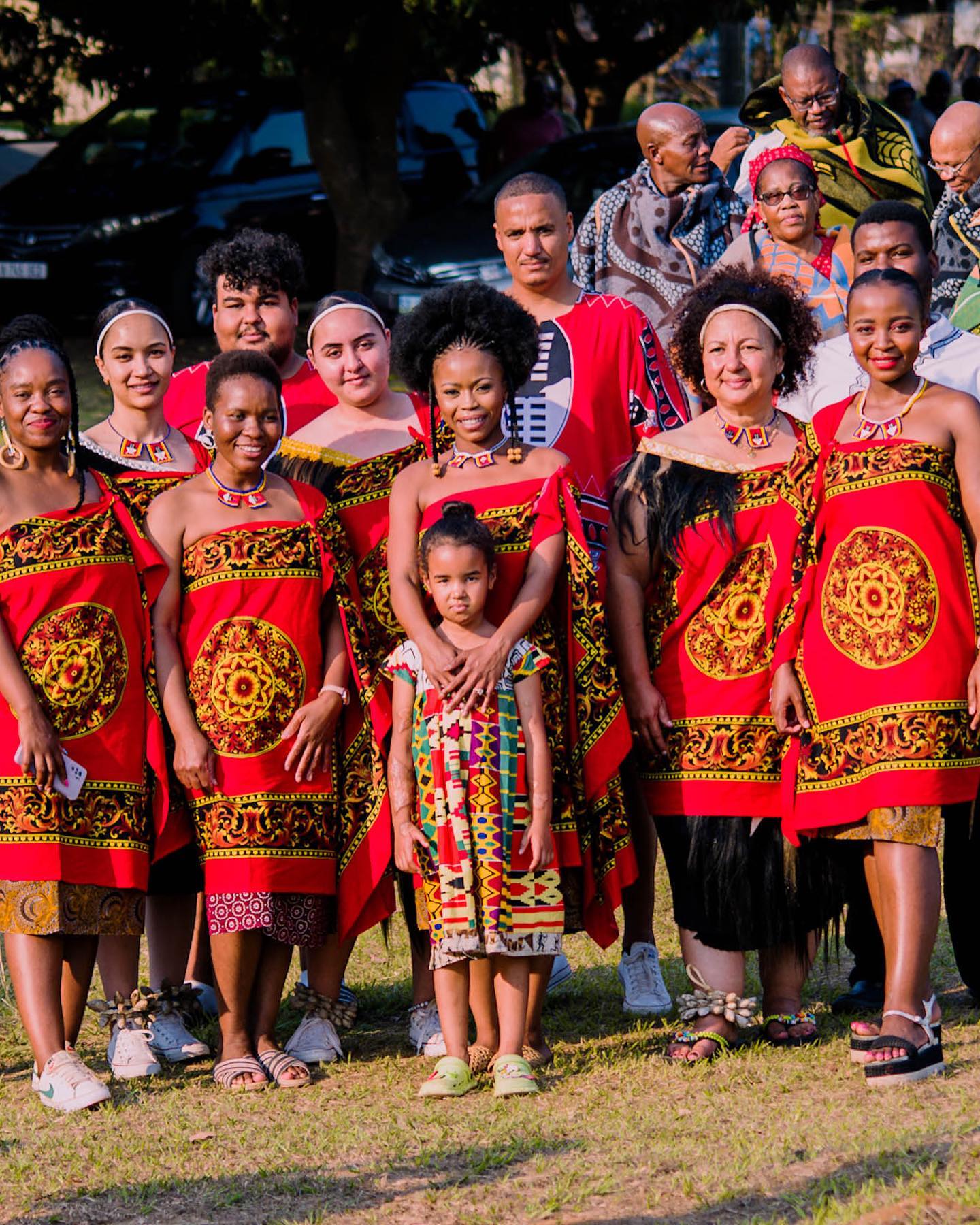
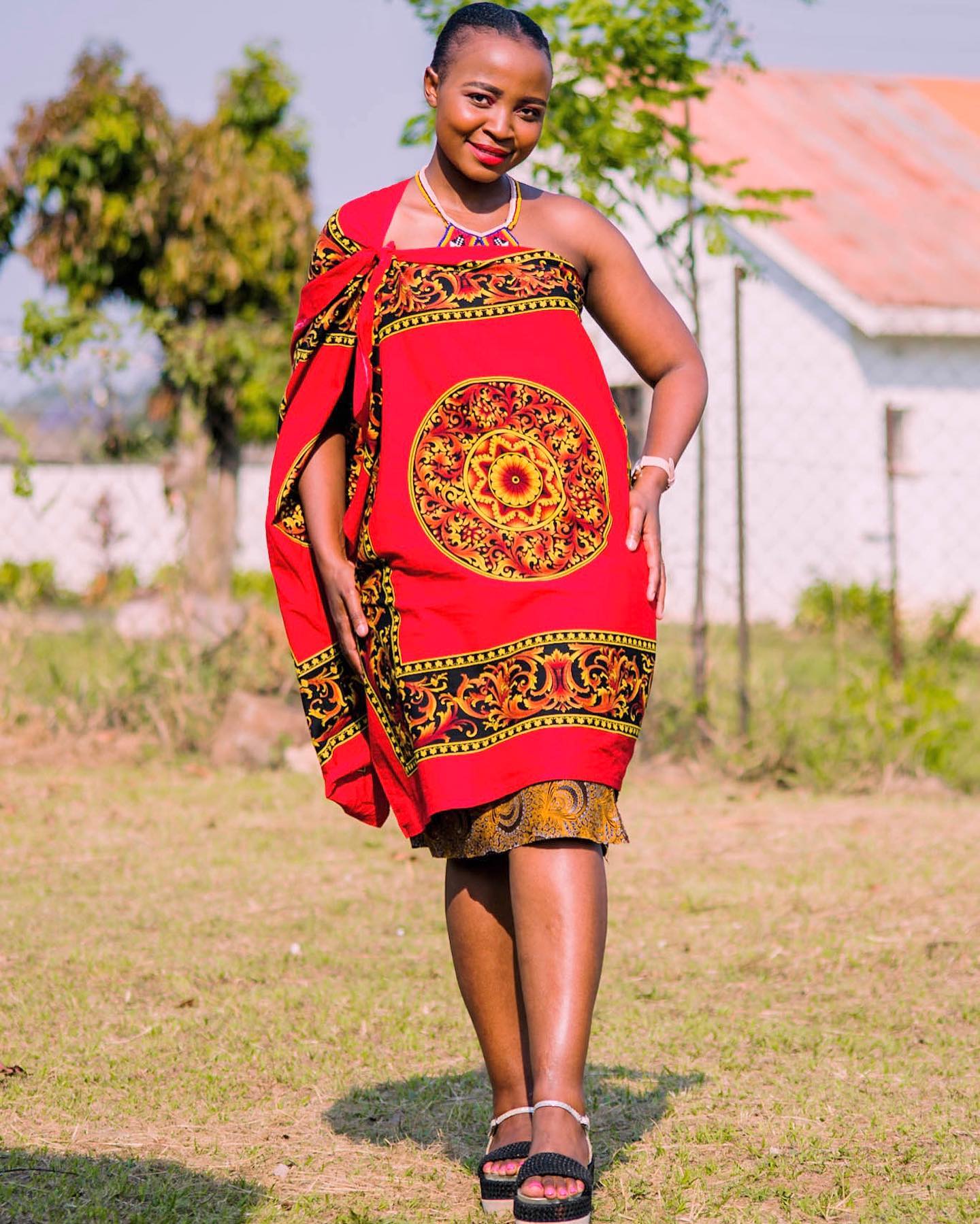
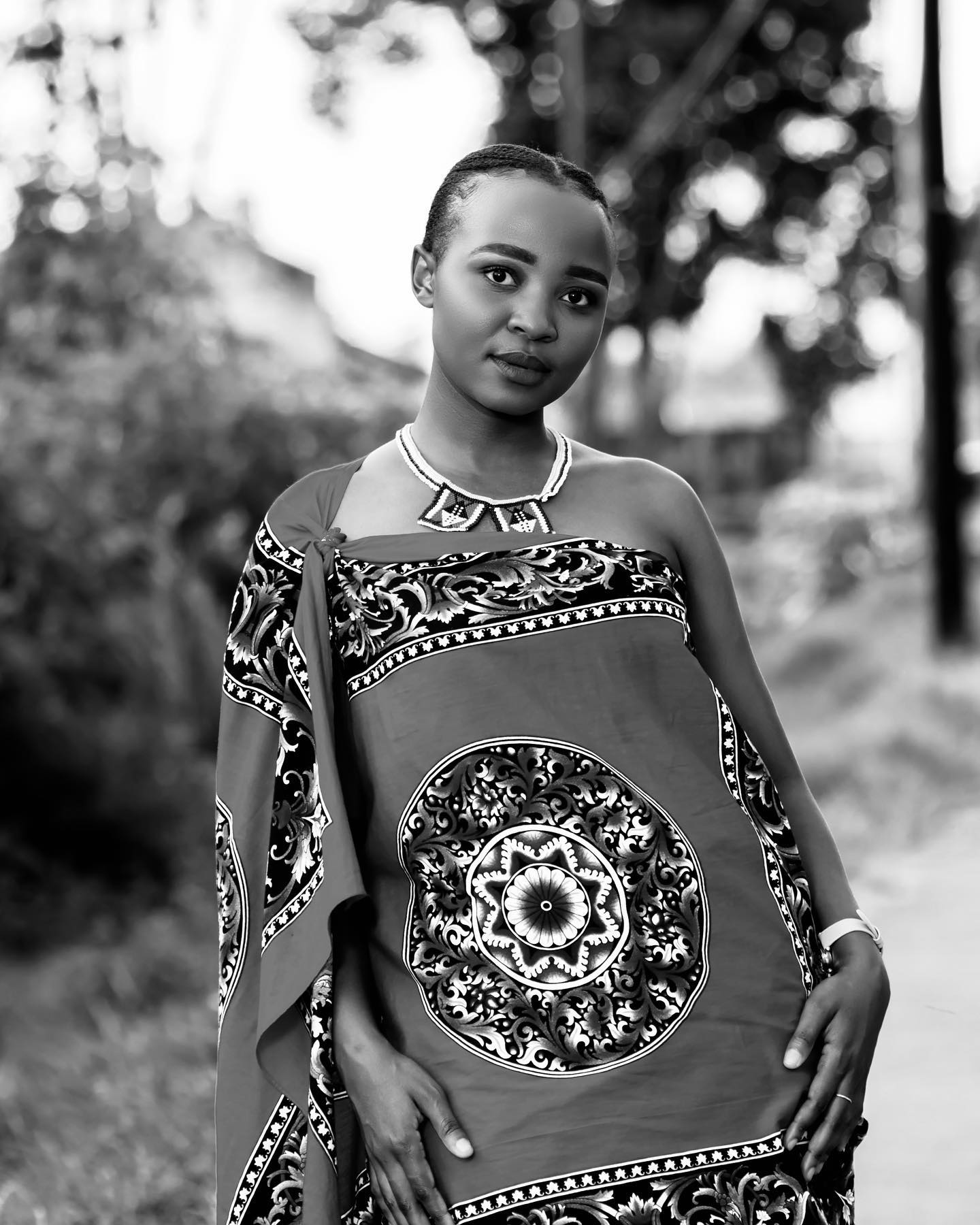
Exploring the significance of different styles and designs
Swazi traditional dress offers a variety of styles and designs, each carrying its own symbolism. For example, a married woman may wear a different style of skirt compared to an unmarried woman, indicating her marital status. Additionally, the choice of colors in the attire can represent various meanings. Vibrant colors like red and yellow may symbolize fertility and joy, while white is associated with purity and spirituality.
Understanding the symbolism behind Swazi traditional dress allows us to appreciate the cultural heritage and values of the Swazi people. It serves as a visual language that connects individuals with their ancestors and fosters a sense of pride and belonging. By preserving and honoring these cultural identities, we can celebrate the diversity that enriches our world.













Comments are closed.